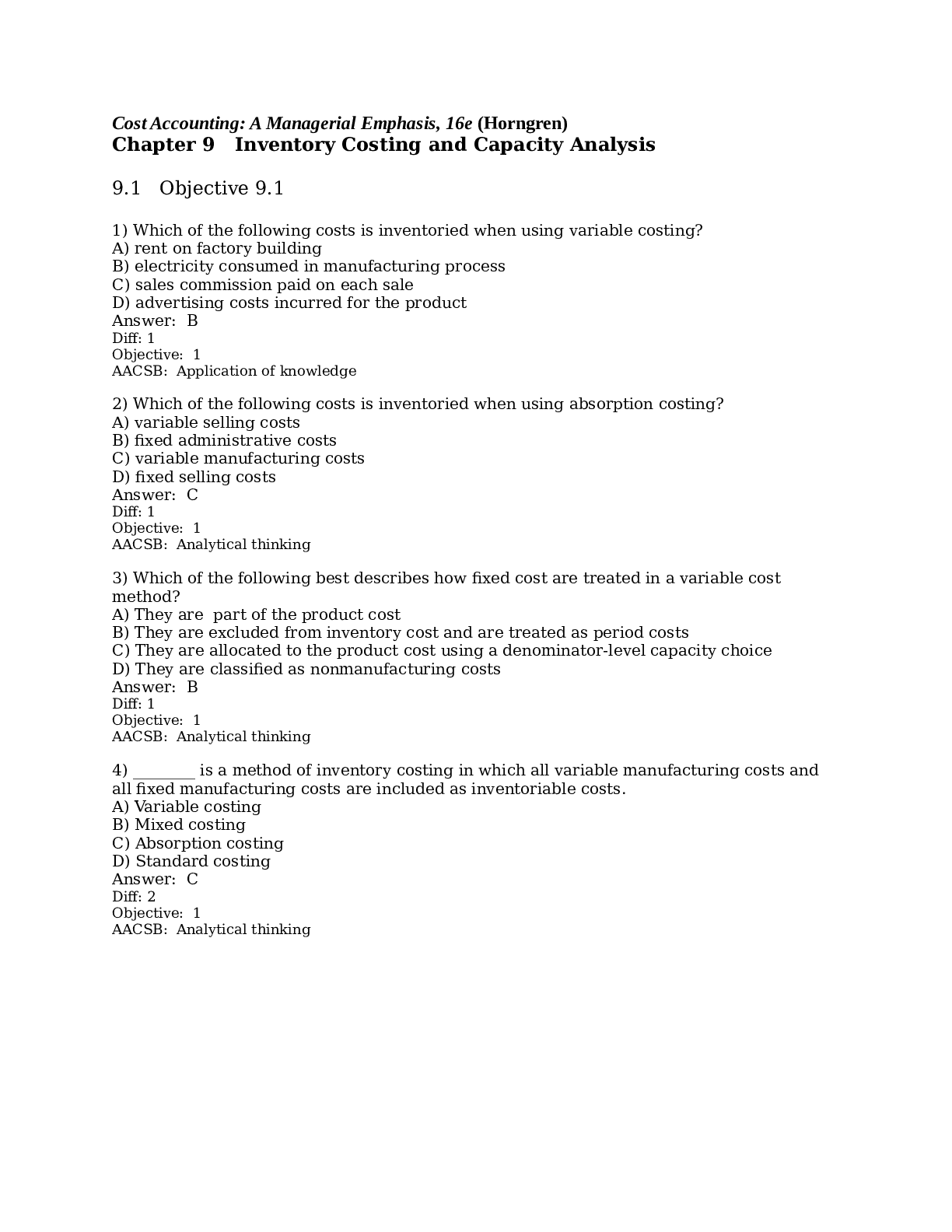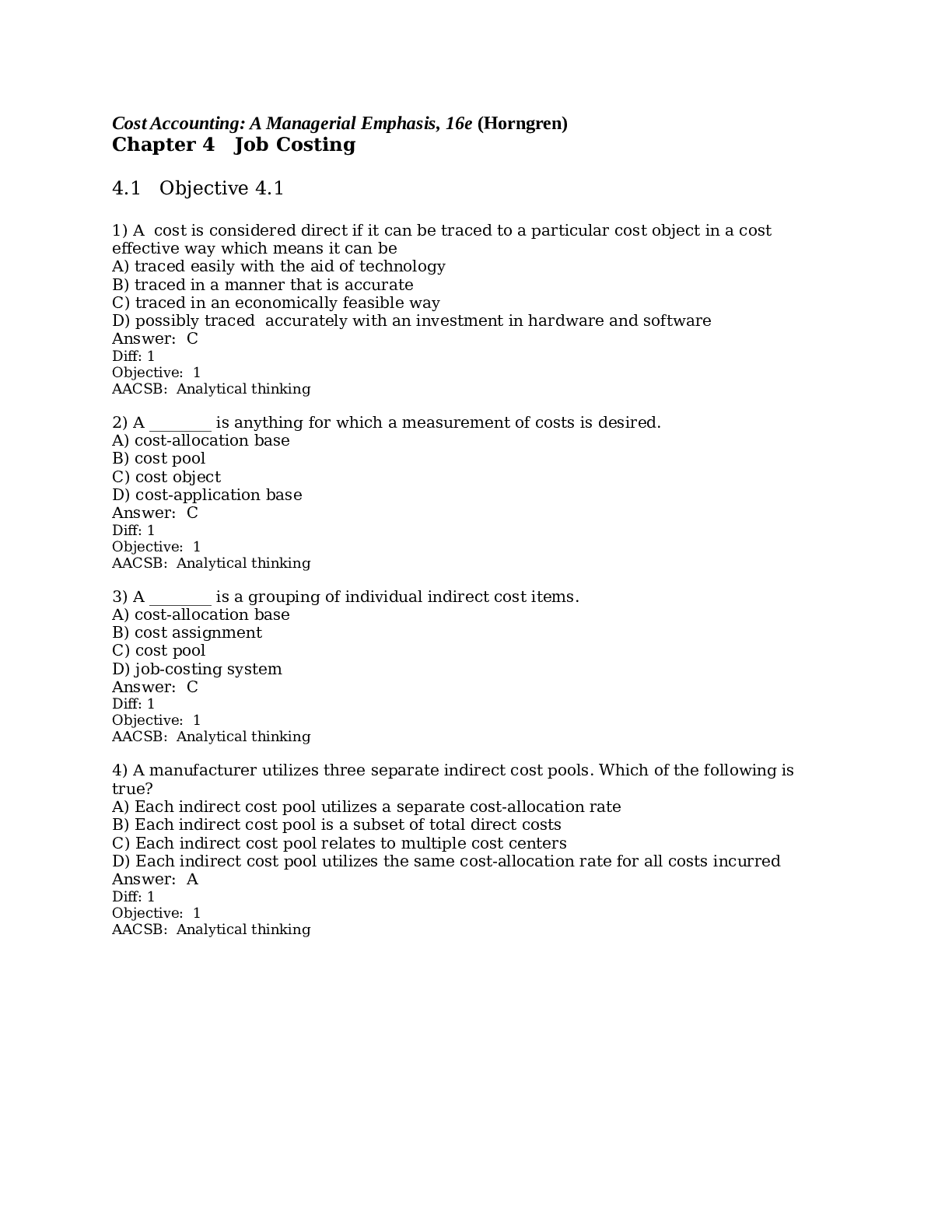Accounting > QUESTIONS & ANSWERS > ACC 363 Cost Accounting Problems With Verified Solutions (All)
ACC 363 Cost Accounting Problems With Verified Solutions
Document Content and Description Below
Chapter 9 9-16 9-21 9-22 9-16 Variable and absorption costing, explaining operating-income differences. Nascar Motors assembles and sells motor vehicles and uses standard costing. Actual data relati... ng to April and May 2014 are as follows: The selling price per vehicle is $24,000. The budgeted level of production used to calculate the budgeted fixed manufacturing cost per unit is 500 units. There are no price, efficiency, or spending variances. Any productionvolume variance is written off to cost of goods sold in the month in which it occurs. 1.Prepare April and May 2014 income statements for Nascar Motors under (a) variable costing and (b) absorption costing. 2.Prepare a numerical reconciliation and explanation of the difference between operating income for each month under variable costing and absorption costing. 9-16 (30 min.) Variable and absorption costing, explaining operating-income differences. 1. Key inputs for income statement computations are April May Beginning inventory Production Goods available for sale Units sold Ending inventory 0 500 500 350 150 150 400 550 520 30 The budgeted fixed cost per unit and budgeted total manufacturing cost per unit under absorption costing are April May (a) Budgeted fixed manufacturing costs (b) Budgeted production (c) = (a) ÷ (b) Budgeted fixed manufacturing cost per unit (d) Budgeted variable manufacturing cost per unit (e) = (c) + (d) Budgeted total manufacturing cost per unit $2,000,000 500 $4,000 $10,000 $14,000 $2,000,000 500 $4,000 $10,000 $14,000 9-1(a) Variable costing April 2014 May 2014 Revenuesa $8,400,000 $12,480,000 Variable costs Beginning inventory $ 0 $1,500,000 Variable manufacturing costsb 5,000,000 4,000,000 Cost of goods available for sale 5,000,000 5,500,000 Deduct ending inventoryc (1,500,000) (300,000) Variable cost of goods sold 3,500,000 5,200,000 Variable operating costsd 1,050,000 1,560,000 Total variable costs 4,550,000 6,760,000 Contribution margin 3,850,000 5,720,000 Fixed costs Fixed manufacturing costs 2,000,000 2,000,000 Fixed operating costs 600,000 600,000 Total fixed costs 2,600,000 2,600,000 Operating income $1,250,000 $3,120,000 a $24,000 × 350; $24,000 × 520 c $10,000 × 150; $10,000 × 30 b $10,000 × 500; $10,000 × 400 d $3,000 × 350; $3,000 × 520 (b) Absorption costing April 2014 May 2014 Revenuesa $8,400,000 $12,480,000 Cost of goods sold Beginning inventory $ 0 $2,100,000 Variable manufacturing costsb 5,000,000 4,000,000 Allocated fixed manufacturing costsc 2,000,000 1,600,000 Cost of goods available for sale 7,000,000 7,700,000 Deduct ending inventoryd (2,100,000) (420,000) Adjustment for prod.-vol. variancee 0 400,000 U Cost of goods sold 4,900,000 7,680,000 Gross margin 3,500,000 4,800,000 Operating costs Variable operating costsf 1,050,000 1,560,000 Fixed operating costs 600,000 600,000 Total operating costs 1,650,000 2,160,000 Operating income $1,850,000 $ 2,640,000 a $24,000 × 350; $24,000 × 520 d $14,000 × 150; $14,000 × 30 b $10,000 × 500; $10,000 × 400 e $2,000,000 – $2,000,000; $2,000,000 – $1,600,000 c $4,000 × 500; $4,000 × 400 f $3,000 × 350; $3,000 × 520 2. Absorption-costing operating income – Variable-costing operating income = Fixed manufacturing costs in ending inventory – Fixed manufacturing costs in beginning inventory April: $1,850,000 – $1,250,000 = ($4,000 × 150) – ($0) $600,000 = $600,000 May: 9-2$2,640,000 – $3,120,000 = ($4,000 × 30) – ($4,000 × 150) – $480,000 = $120,000 – $600,000 – $480,000 = – $480,000 The difference between absorption and variable costing is due solely to moving fixed manufacturing costs into inventories as inventories increase (as in April) and out of inventories as they decrease (as in May). 9-21 Absorption and variable costing. (CMA) Osawa, Inc., planned and actually manufactured 200,000 units of its single product in 2014, its first year of operation. Variable manufacturing cost was $20 per unit produced. Variable operating (nonmanufacturing) cost was $10 per unit sold. Planned and actual fixed manufacturing costs were $600,000. Planned and actual fixed operating (nonmanufacturing) costs totaled $400,000. Osawa sold 120,000 units of product at $40 per unit. Beginning inventory, January 1, 2014 Ending inventory, December 31, 2014 2014 salesSelling price (to distributor) Variable manufacturing cost per unit, including direct materials Variable operating (marketing) cost per unit sold Fixed manufacturing costsDenominator-level machine-hours Standard production rateFixed operating (marketing) costs 85,000 units 34,500 units 345,400 units $22.00 per unit $5.10 per unit $1.10 per unit sold $1,440,000 6,00050 units per machine-hour $1,080,000 1 Osawa’s 2014 operating income using absorption costing is (a) $440,000, (b) $200,000, (c) $600,000, (d) $840,000, or (e) none of these. Show supporting calculations. 2 Osawa’s 2014 operating income using variable costing is (a) $800,000, (b) $440,000, (c) $200,000, (d) $600,000, or (e) none of these. Show supporting calculations. 3 9-21 (10 min.) Absorption and variable costing. 45 The answers are 1(a) and 2(c). Computations: 6 1. Absorption Costing: Revenuesa Cost of goods sold: Variable manufacturing costsb Allocated fixed manufacturing costsc Gross margin $2,400,000 360,000 $4,800,000 2,760,000 2,040,000 Operating costs: Variable operatingd Fixed operating Operating income 1,200,000 400,000 1,600,000 $ 440,000 7 8 a $40 × 120,000 9 b $20 × 120,000 10 c Fixed manufacturing rate = $600,000 ÷ 200,000 = $3 per output unit 11 Fixed manufacturing costs = $3 × 120,000 12 d $10 × 120,000 13 14 9-32. Variable Costing: Revenuesa Variable costs: Variable manufacturing cost of goods soldb Variable operating costsc Contribution margin Fixed costs: Fixed manufacturing costs Fixed operating costs Operating income $2,400,000 1,200,000 600,000 400,000 $4,800,000 3,600,000 1,200,000 1,000,000 $ 200,000 15 16 a $40 × 120,000 17 b $20 × 120,000 18 c $10 × 120,000 19 9-22 Absorption versus variable costing. Regina Company manufacturers a professional-grade vacuum cleaner and began operations in 2014. For 2014, Regina budgeted to produce and sell 20,000 units. The company had no price, spending, or efficiency variances and writes off production-volume variance to cost of goods sold. Ac [Show More]
Last updated: 1 year ago
Preview 1 out of 26 pages
Instant download
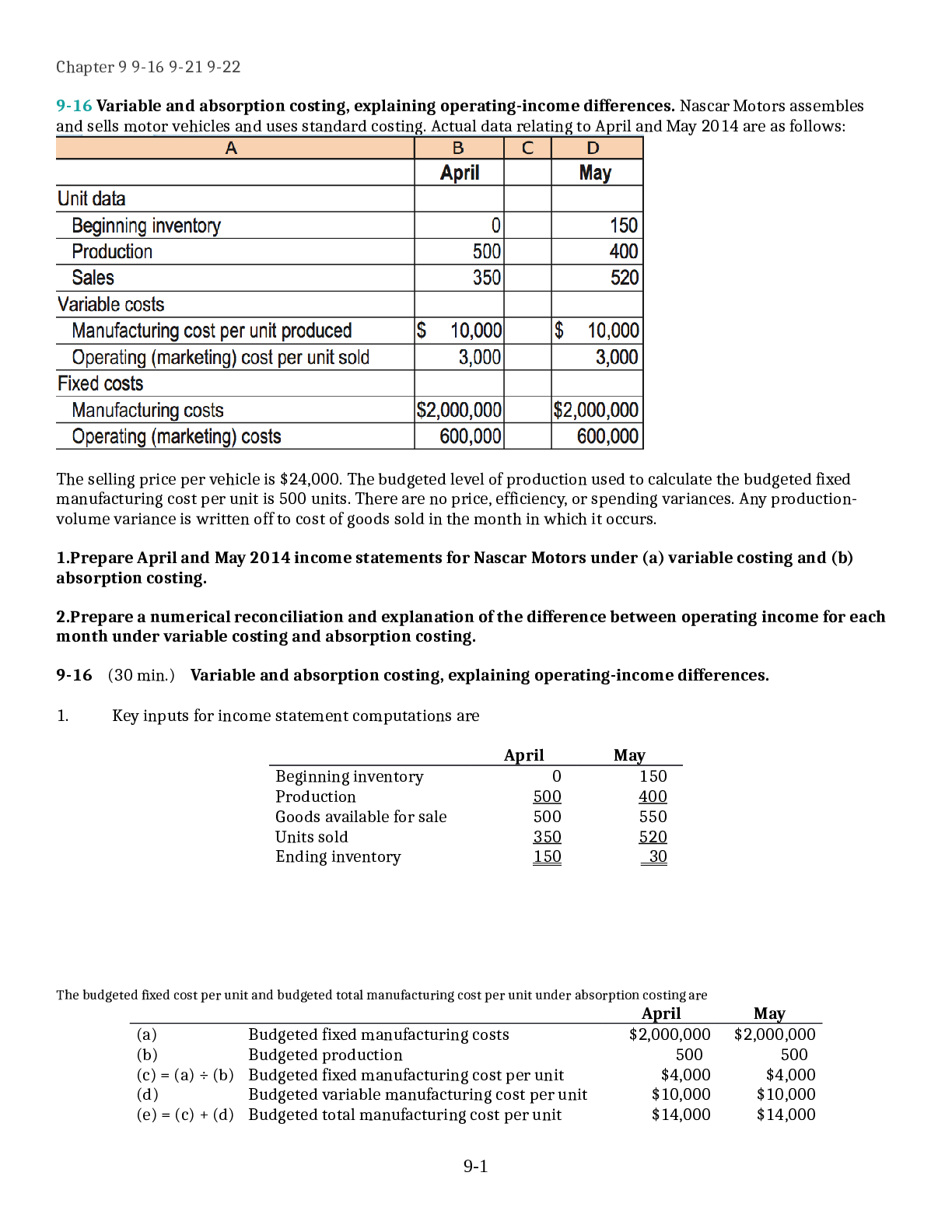
Buy this document to get the full access instantly
Instant Download Access after purchase
Add to cartInstant download
Reviews( 0 )
Document information
Connected school, study & course
About the document
Uploaded On
Jun 21, 2021
Number of pages
26
Written in
Additional information
This document has been written for:
Uploaded
Jun 21, 2021
Downloads
0
Views
23





.png)

.png)
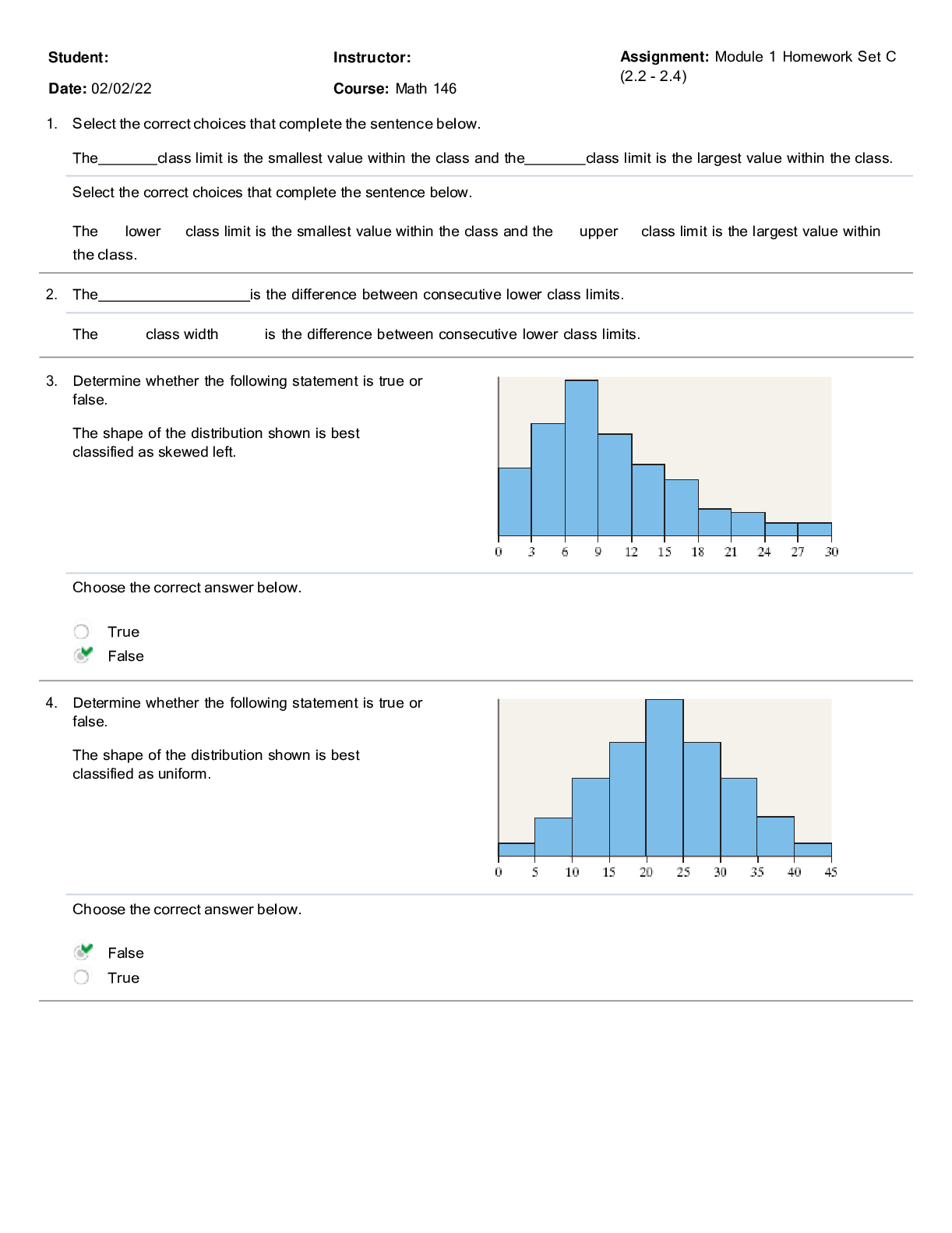





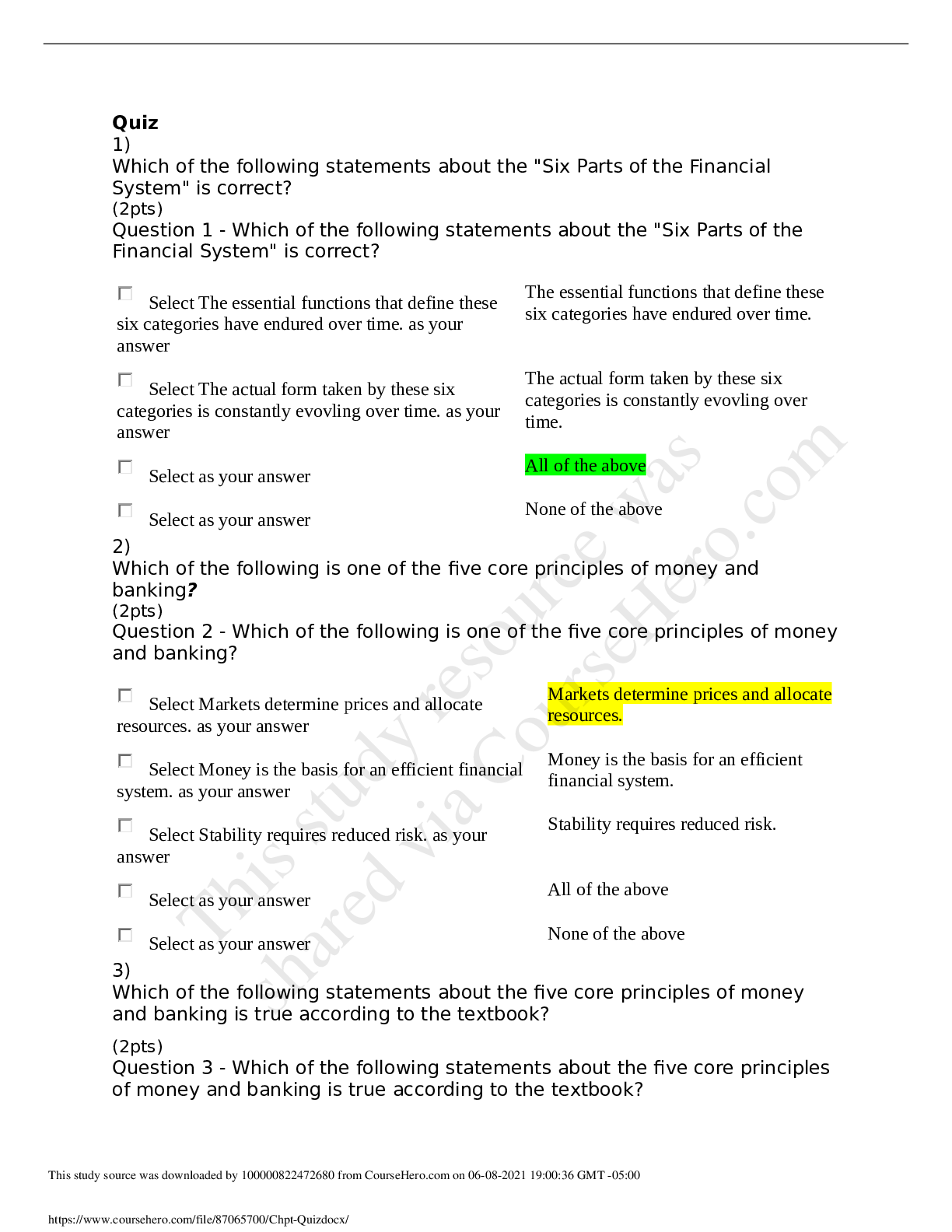
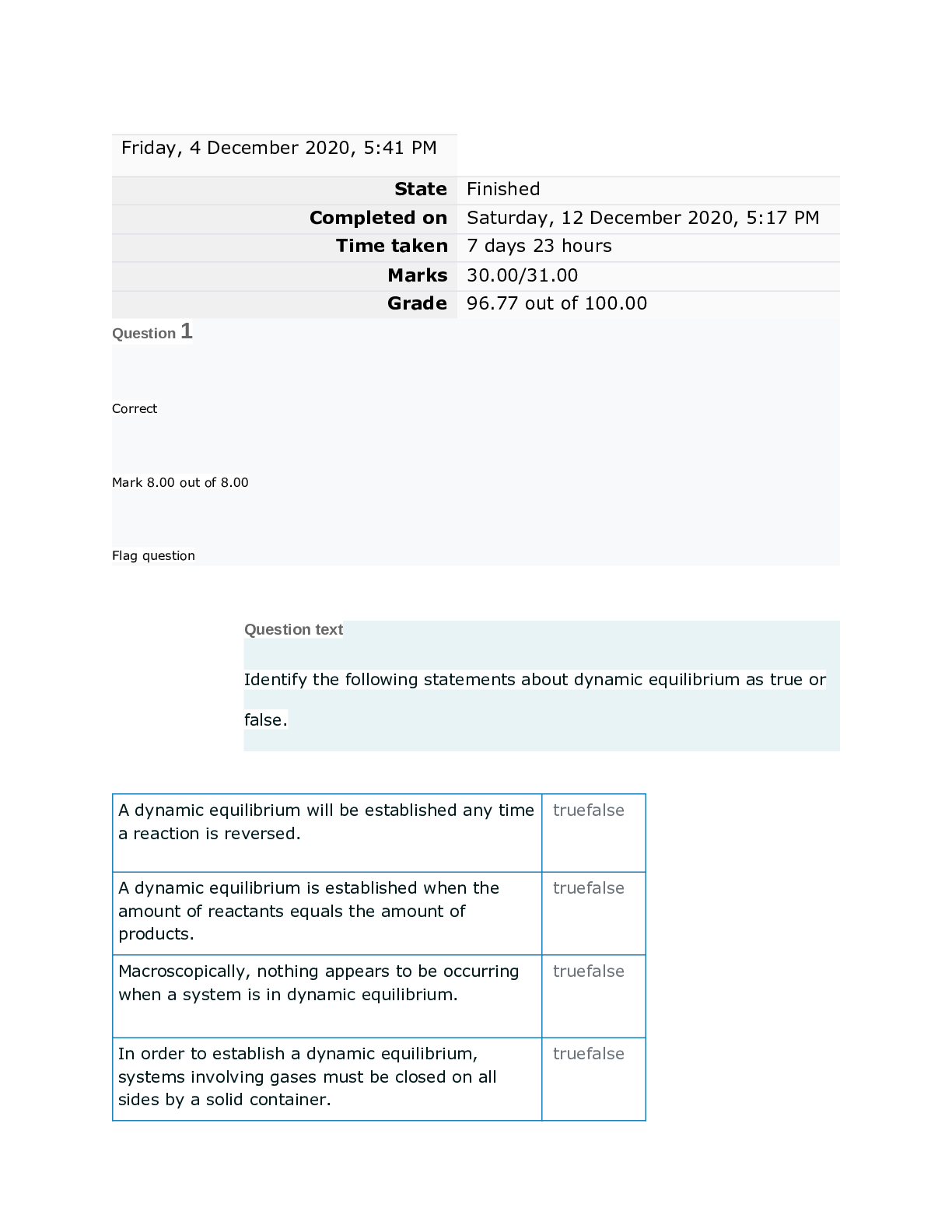
.png)
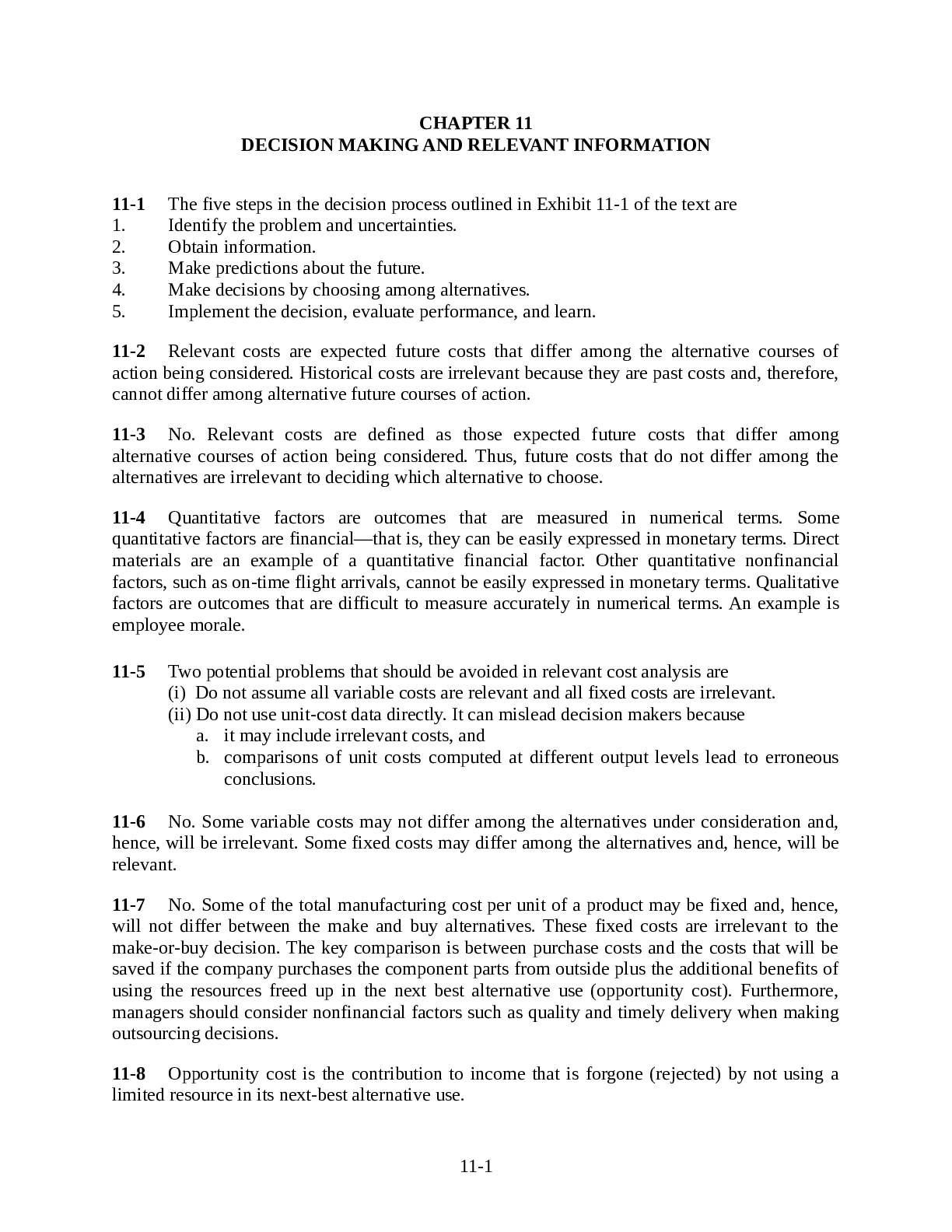
.png)

.png)
